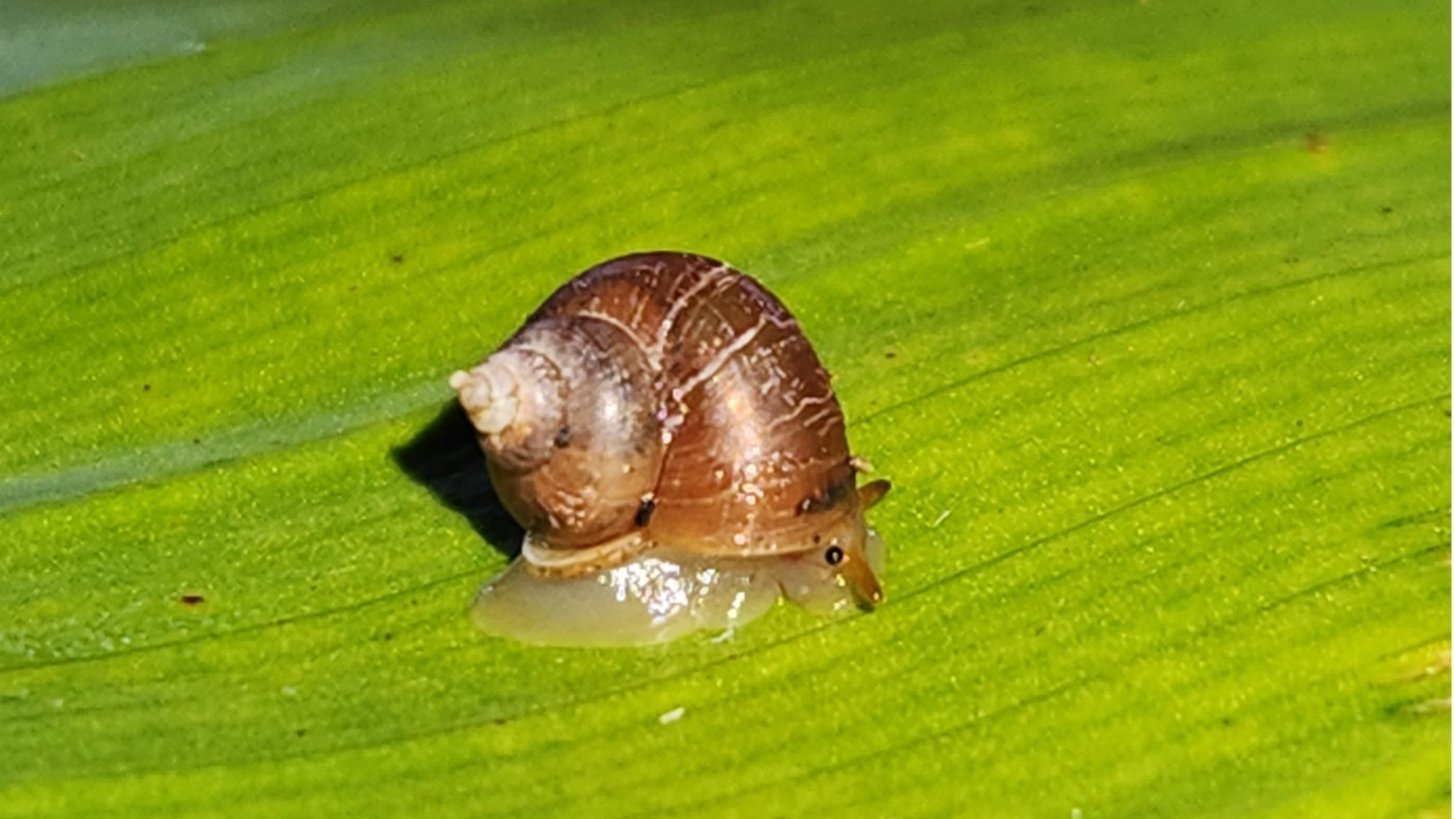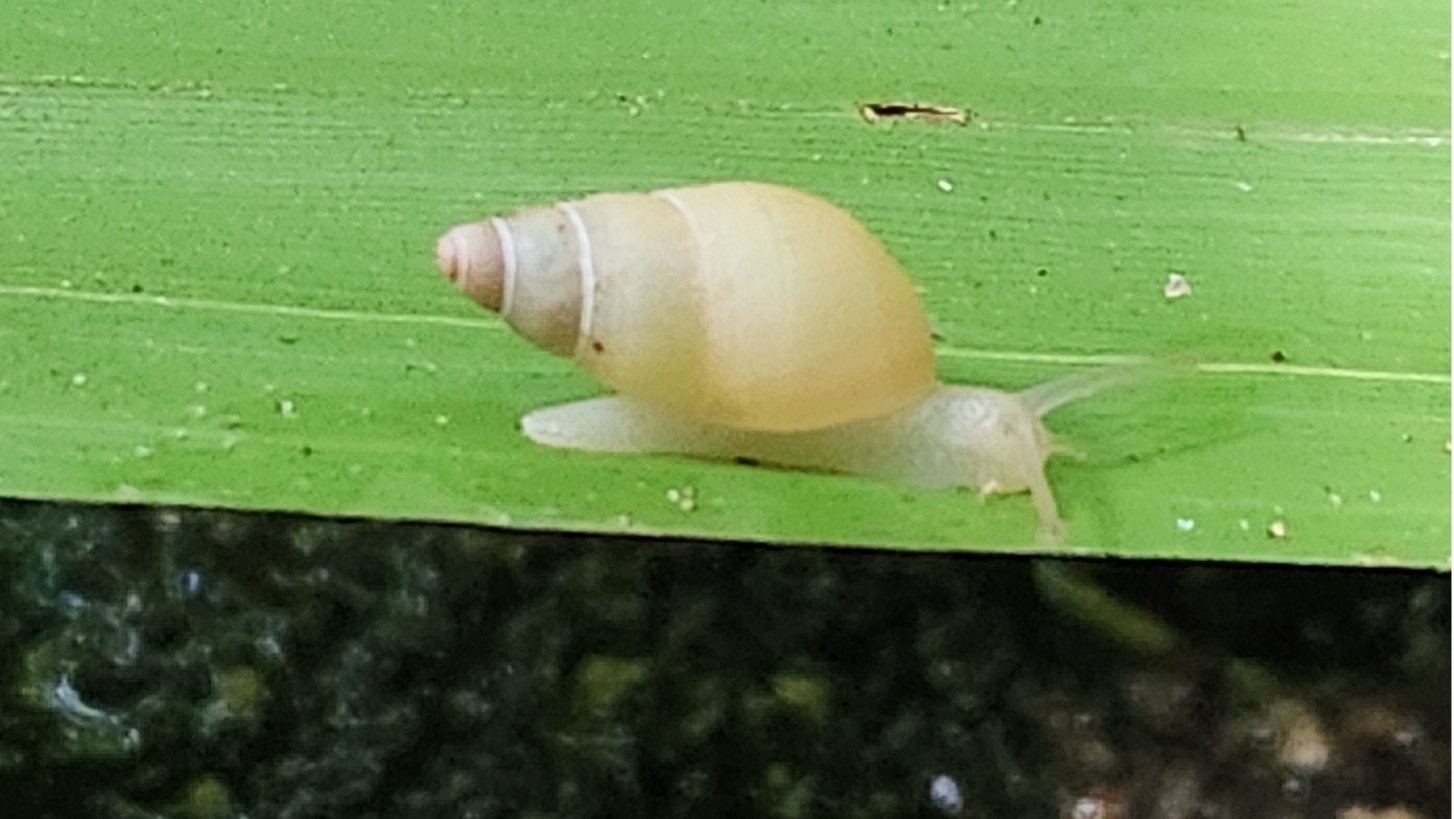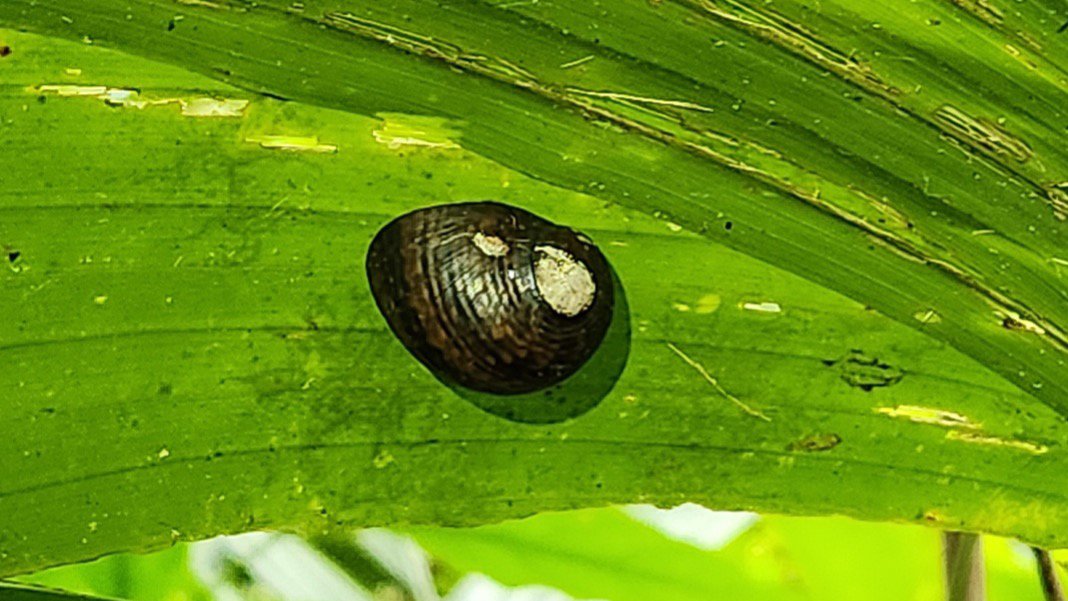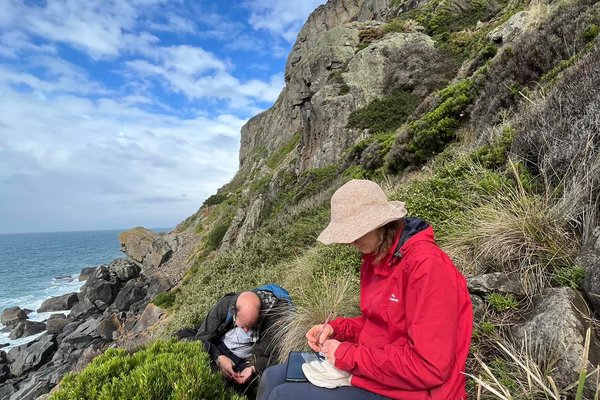Searching for snails across the Pacific, part 2: Tetepare
Tetepare Island, an untouched paradise surrounded by vibrant coral reefs, is one of the few places left in the world where natural forests still reign. Thanks to the efforts of the local community and their unwavering dedication to conservation, Tetepare has become a sanctuary for endangered species. But there’s one mystery that has long remained unsolved - what species of snails call this island home? Until now.
As part of a broader project to investigate the diversity of land snails across the Pacific Islands, a team of four Australian Museum researchers set foot on Tetepare in the Solomon Islands. With no prior studies of land or freshwater mollusks on the island, our mission was clear: to fill a crucial gap in the global knowledge of island snails. We were determined to uncover what species thrived here and add to the growing body of research on island biodiversity.

© Frank Köhler
Unveiling the secrets of Tetepare’s biodiversity
Tetepare Island is a living testament to the power of community-driven conservation. Here, sustainable ecotourism and biodiversity protection go hand in hand, offering a model for how local stewardship can preserve natural treasures. Our research focused on land snails—the group of animals with the highest number of recorded extinctions worldwide. By mapping the island’s land and freshwater snails, we aimed to deepen our understanding of its biodiversity and contribute to a comprehensive inventory.
But our work didn’t end with research. We were eager to share our findings and knowledge with local rangers, empowering them to protect Tetepare’s ecological legacy even more effectively. Island snails are particularly vulnerable due to habitat loss and invasive species, making it vital to have up-to-date data on native and introduced species. An accurate inventory of Tetepare’s snails helps us understand the island’s role as a sanctuary for native species—and identify potential threats like the invasive Giant African Land Snail before they become a problem.
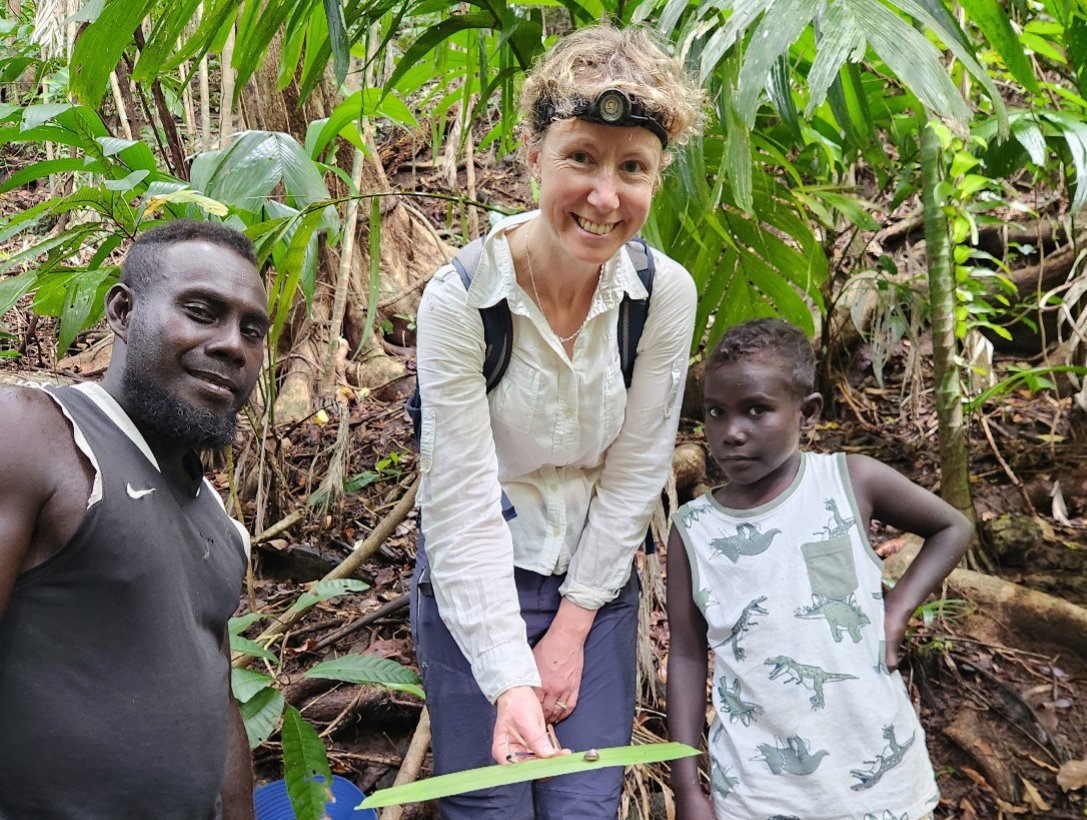
© Frank Köhler
Tetepare’s role in the Solomon Islands’ conservation landscape
The Solomon Islands, a stunning archipelago of over 1,000 islands, has long been known for its tropical beauty and biodiversity. However, like many islands worldwide, its natural habitats have suffered from deforestation in recent decades. Tetepare stands as a rare exception, with almost the entire island still blanketed in native forest. Because of this, it has become a crucial refuge for numerous endangered species.
Across the broader Solomon Islands, populations of non-marine snails have likely faced significant declines due to habitat loss. However, our knowledge of the snails’ diversity and distribution is still quite limited. This lack of information makes it difficult to gauge the full extent of the threats to native species. By understanding the snail populations on Tetepare, we can better assess the significance of conservation areas across the Solomon Islands and determine what needs to be done to prevent further extinctions.
The idea is simple: if Tetepare’s land snail diversity closely mirrors that of other islands, then a relatively small number of conservation reserves might be enough to protect most species. But if Tetepare holds unique species not found elsewhere, we might need a larger network of reserves to safeguard the fragile biodiversity of the Solomon Islands.
A 10-day journey into Tetepare’s heart
To get a true picture of the island’s snail population, we spent ten days combing through Tetepare’s diverse habitats. From lush forests to freshwater streams, we explored every corner of the island with the invaluable assistance of local conservation rangers. We scoured leaf litter on the forest floor, rock surfaces, rotting wood, and even the branches and leaves in the tree canopy. Snails were also collected from the crystal-clear creeks that snake across the island, adding another layer to our understanding of its biodiversity.
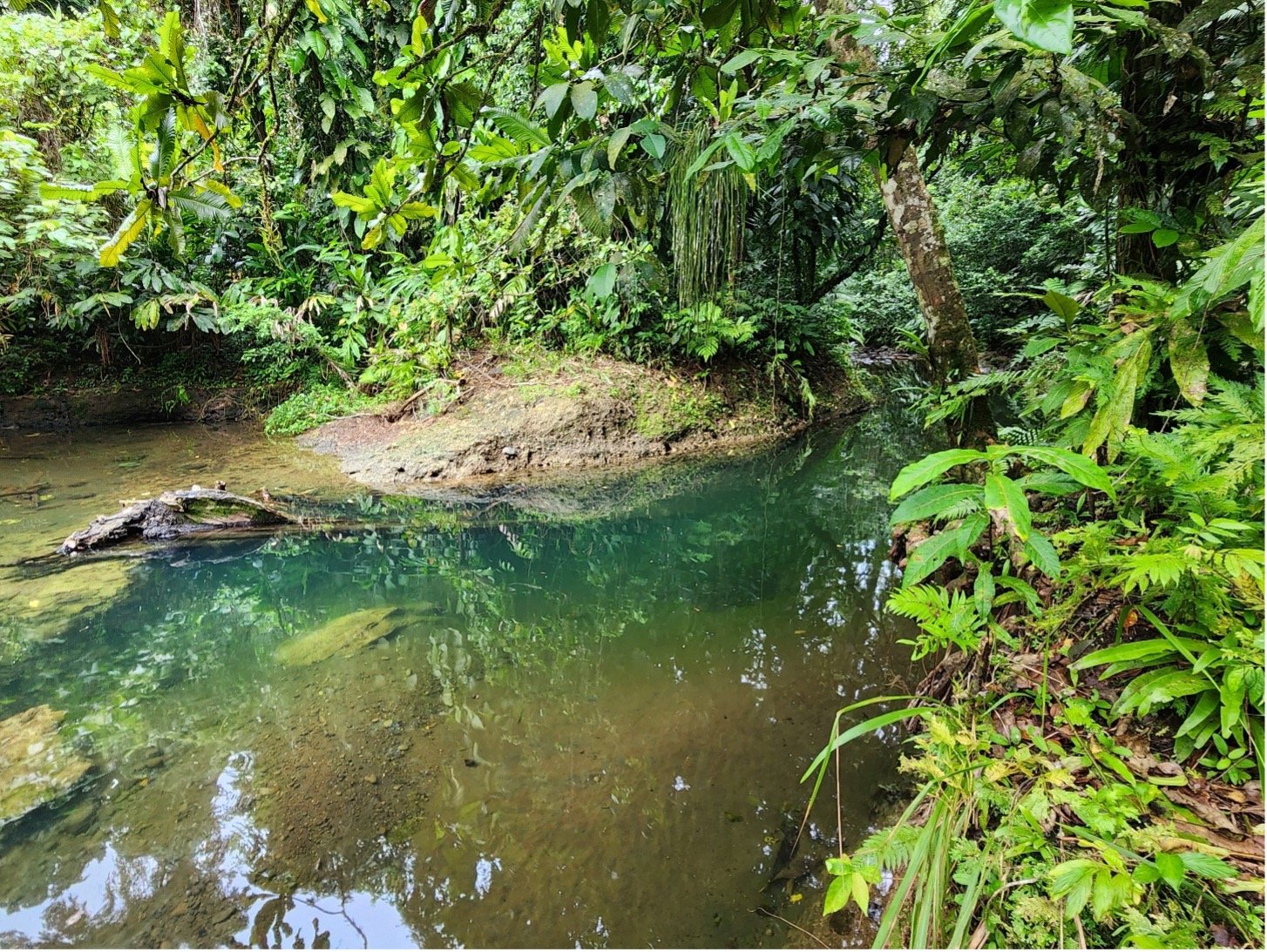
© Frank Köhler
Final thoughts
While we are still working on our species identifications, it appears that the land snail fauna of Tetepare is quite different from that of other islands, such as Guadalcanal. This finding suggests that species found here aren’t found anywhere else. Tetepare Island is a testament to the incredible power of community conservation. Through local efforts and scientific research, we’re uncovering the hidden wonders of this pristine ecosystem—one snail at a time. What we’ve learned so far is just the beginning. In the coming months, we’ll continue to study the data we’ve gathered and share the findings with local communities to ensure the ongoing protection of Tetepare and its vital role in the Solomon Islands’ biodiversity.

© Frank Köhler
Frank Köhler, Research Scientist, Malacology, Australian Museum.
Acknowledgements
This project was funded through a research grant of the Australia and Pacific Science Foundation, which we gratefully acknowledge. We owe a debt of gratitude to the Tetepare Descendants Association for supporting our project and to their members for the incredible hospitality we have experienced during our stay on the island. Necessary research permits were kindly issued by provincial and national authorities.
More information:
- https://tetepare.org/
- Searching for snails across the Pacific, part 1: Rarotonga, Cook Islands
- Recovery and discovery: rare snails on Lord Howe Island
- Magnificent discoveries on Lord Howe Island
- Rare snail species found alive on Norfolk Island after 130 years
- Raised from the dead: Species assumed extinct rediscovered on Norfolk Island

